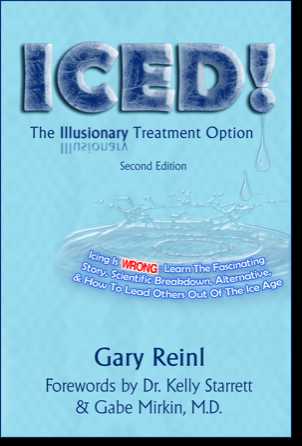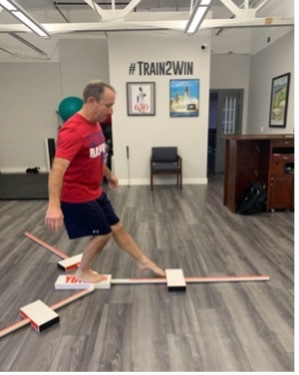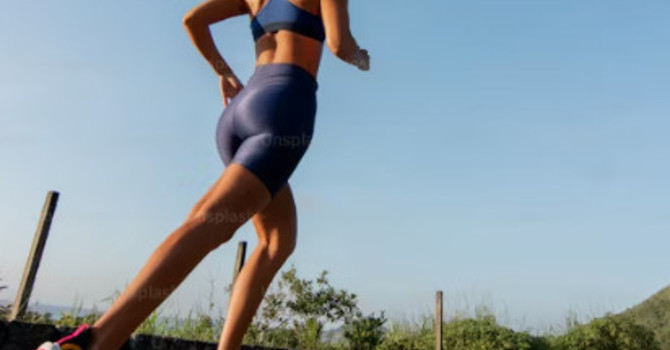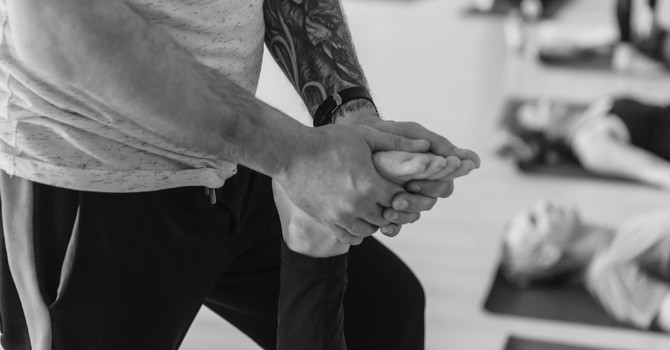
Ankle sprains are so common most people feel like they know what to do should one occur. But do they really?

What should you do after spraining an ankle? The advice of “ice and Advil” comes out of people’s mouths as fast as Tom Brady comes out of retirement. There is also the old adage of “RICE” which stands for Rest, Ice, Compression and Elevation. But are these still recognized as the best things to do? Short answer, NO.
Here’s a brief and informative video by my friend and colleague explaining many reasons Ibuprofen and similar medications are to be avoided, not used, after a sprain.
Keep in mind another word for inflammation is “healing.” Interfering with healing right after an injury just to minimize pain is short sighted. If your pain is that bad there are other ways to deal with it.
The concept of icing an injury was originally based on how to save a severed digit before getting it re attached. The doctors who first gave this advice have admitted they no longer think it is the best course of care for musculoskeletal injuries. The book documenting this change in our ways of thinking is on its 2nd edition already.

The new adage, without ice, sounds a little corny but is easy to remember it is,...... "PEACE AND LOVE"
P: Protection. Tape, brace, boot, crutches. Whatever is appropriate. The idea here is protect it as much as needed but not more than that.
E: Elevation. Water runs downhill. Let gravity be your friend, and remember elevation means above the heart not above the floor.
A: Avoid anti-inflammatories. Inflammatory pain is typically not severe. People are usually OK with it once they know the pain they feel is normal and expected as a part of the healing process. Anti inflammatories may make short term pain less bad but at the expense of the long term outcome.
C: Compression. Gentle pressure, not tourniquet pressure, will prevent swelling from becoming severe.
E: Education. Let the person know it’s OK to hurt because there was an injury and sprains sometimes hurt a lot. If the pain is severe and weight bearing is significantly limited, even well after it happened, an Xray is wise to rule out a fracture even though it is unlikely.
L: Load. Put as much load on the foot as it is OK with. The first day it may be scary and the athlete may want to protect it more than is completely needed. This is FINE. Don’t rush it. Having the right amount of protection can help with load tolerance. Remember running = 3x bodyweight so don’t cause a re-injury by rushing someone back.
O: Optimism. Don’t minimize the effect this has on someone, especially a child, who’s never had to recover from an injury before. We want to validate his/her feelings but also be reassuring that pain is temporary and full recovery is expected.
V: Vascularization. Pain free exercise that is high repetition but low load can assist with healing as it has positive effects on blood flow. A stationary bike is great for this.
E: Exercise: A professionally guided rehabilitation program will allow for a safe, fast and complete recovery. Athletes often feel stronger than before when they return due to the focused nature of their functional ability during rehab. Also, functional, evidence based tests, like the Y Balance Test, should be used for return to sport decisions, this way it is an objective decision made at the right time. Unbiased, not too soon, not any later than necessary.

If you or your child has suffered an ankle sprain, please consult with me. I’m happy to help to help you move better, feel better and play better.
Dan Swinscoe, MPT, CSCS
dan@t2wclinic.com
Dan Swinscoe
Contact Me


